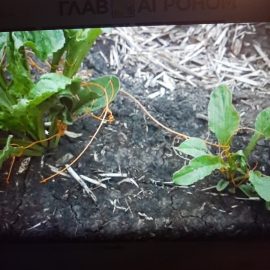Black leg of beet (Pleospora betae) – identify and control
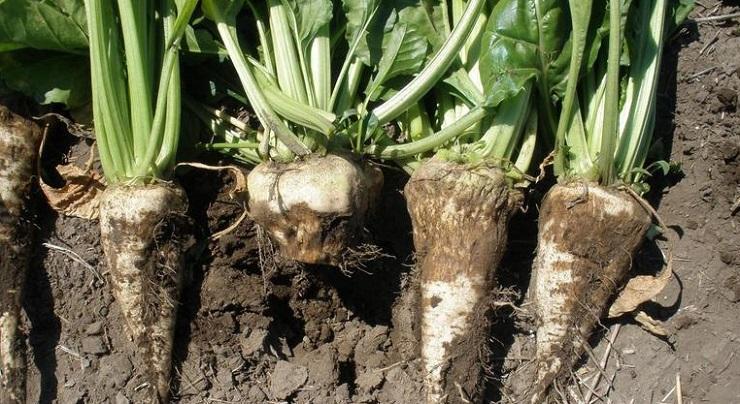
Black leg of beet is one of the most common diseases of beets. It causes significant damage to between 15-40% of the harvest.
Symptoms. The fungus attacks the young seedlings until sunrise. In combination with other fungi, it can cause rotting. During the summer, large, circular discoloration spots appear on the leaves. These are 0.5-2 mm in diameter.
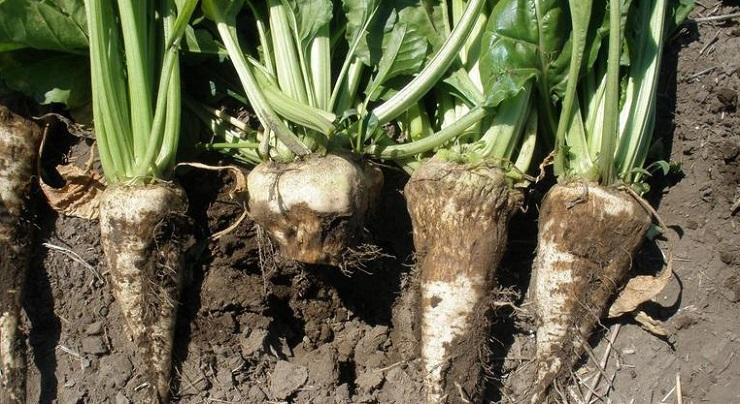
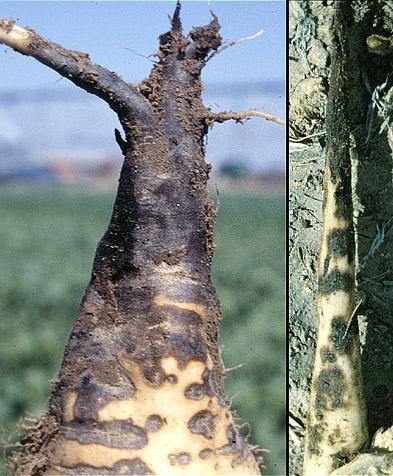
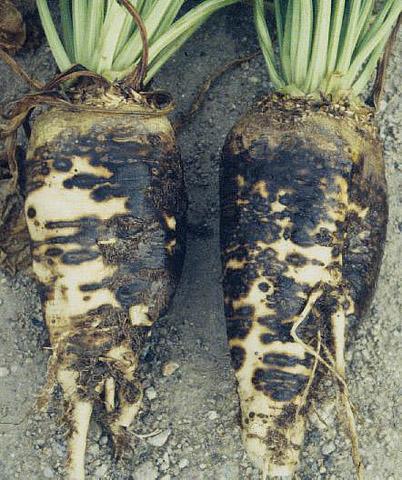
The tissues near the spots turn brown and concentric circles can be seen on them. On the seedlings, there are spots on the leaves, stems, and even on the seeds where, before harvesting, small black dots are observed.
The attack on the roots is manifested by a gray coloration of the tissues under the leaves’ rosette. The tissues rot and central, dry caverns appear, extending into the body of the beet. After destroying the leaves, the plant tries to restore its foliage from the existing buds to the soil surface. In this way, until autumn, the roots that are removed from the soil have no sugar, but only a high percentage of cellulose.
The transmission of the fungus is ensured from one year to another by the seed. Or, through the resistance organs, which remained on the plant debris embedded in the soil, in case monoculture is practiced. It happens less often because beets heavily deplete the soil.
From the first year of the crop to the seed crop, the transmission is ensured by the mycelium left in the affected plants. Usually, these areas under the rosette are easily seen when the beet is taken off for industrialization. It goes unnoticed, however, in seed beet. During the vegetation period, the transmission of the fungus is ensured from plant to plant and from leaf to leaf by spores carried by the wind, rainwater, or irrigation water. Beet infection can also be done by lowering the mycelium from the leaves through their tails.
Prevention and control
Black leg of beet has been reported with high intensity in the plots that have been heavily fertilized with nitrogen and boron-free.
The coating of the vegetable seeds with a pellicle before sowing is very effective, as it removes any spores from the seeds. However, they will need to be sown in moist soil to soften the pellicle and allow it to germinate.
There were cases when due to the drought in the soil, the seedlings could not break and penetrate the pellicle, being necessary reseeding. The coating with a pellicle is done with a paste that includes fungicides, which will ensure the protection of the young seedling until sunrise. To prevent the attack, healthy seeds are used, sowing on cold soils is avoided and crop rotation is applied, returning to the same plot every 4 years.














































































































































































































































































































































































































































